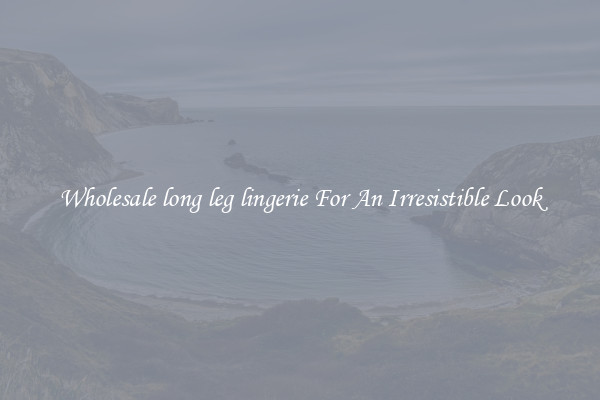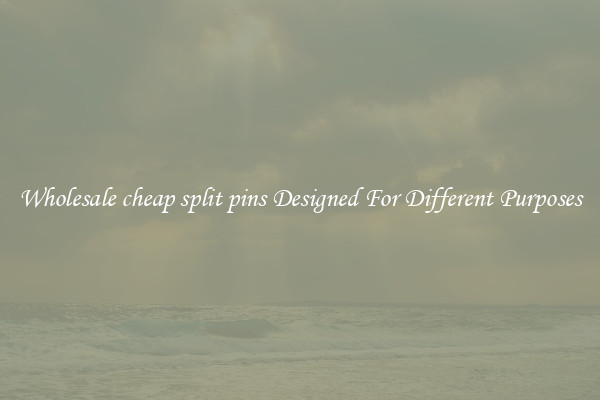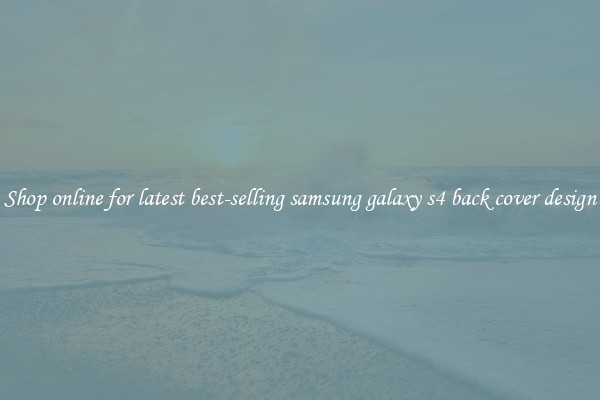Digital & Advanced Collection of digital ultrasonic diagnostic veterinary use
Digital & Advanced Collection of Digital Ultrasonic Diagnostic in Veterinary Use

Digital ultrasonic diagnostic is revolutionizing veterinary medicine by providing veterinarians with advanced imaging capabilities and improved diagnostic accuracy. This state-of-the-art technology allows for clearer and more detailed images of the internal organs, facilitating accurate diagnoses and optimal treatment plans.
One of the key advantages of digital ultrasonic diagnostics in veterinary use is its ability to collect digital images that can be easily stored and shared. Gone are the days of maintaining physical copies of X-rays or ultrasound images. With digital collection, veterinarians can electronically store and access all diagnostic images, eliminating the risk of losing or misplacing important records. This also enables veterinarians to effectively communicate with other specialists, consulting them about challenging cases and seeking second opinions.
Furthermore, digital ultrasonic diagnostic systems offer advanced imaging features that greatly enhance the clarity and resolution of the images. With high-frequency soundwaves, these advanced systems can penetrate deep into the tissues, providing detailed images and assisting in detecting tumors, abscesses, or abnormalities that may not be easily visible with conventional methods. This contributes to early detection and intervention, leading to better patient outcomes and improved veterinary care.
In addition, the digital nature of these diagnostic tools allows for various image manipulation options. Veterinarians can adjust contrast, brightness, and zoom in on specific areas of interest to pinpoint abnormalities more accurately. This level of customization greatly aids in the interpretation process and simplifies complex diagnoses.
With the evolution of telemedicine, digital ultrasonic diagnostic systems also facilitate remote consultations. Veterinarians can now connect with specialists located anywhere in the world, sharing real-time images and receiving expert guidance without the need for physical presence. This greatly expands access to specialized care, particularly in remote areas where access to veterinary expertise may be limited.
Lastly, the digitalization of ultrasonic diagnostics in veterinary medicine contributes to reducing environmental waste. By eliminating the need for film and chemicals used in traditional radiography, this technology is more sustainable and eco-friendly. Additionally, it simplifies record-keeping and eliminates storage space requirements, further reducing paper waste.
In conclusion, the digitalization and advancement of ultrasonic diagnostic systems have revolutionized veterinary medicine. This technology offers enhanced imaging capabilities, easy storage and sharing of digital images, remote consultation opportunities, and improved environmental sustainability. With these digital tools, veterinary professionals can provide more accurate diagnoses, deliver optimal treatment plans, and ultimately enhance patient care and outcomes.

View details

View details

View details

View details








